|
With my birding guide covering over 100 sites and subsites, it's a Sisyphean task to keep them up-to-date and I have to confess that I've not visited some of the sites for several years and several hardly at all. It is for this reason, amongst others, why I leapt at the opportunity to visit an area, Puerto Real, I don't know very well with local birder Antonio Villalpando. Actually, to say I don't know the area very well is an understatement as whilst I've visited Los Toruňos a couple of times and explored the Marisma de Aletas this spring (see here), I'd never gone more than a few hundred meters into Pinar de la Algaida. Accordingly, I was particularly pleased to be whisked around the Pinar de la Algaida part of the"Parque Metroploitano Marisma del la Torunos Y Pinar de la Algaida" and the old salinas to their north (d). What I really didn't expect when my friend Allan Cooke and I met up Antonio one evening was what amounted to a VIP trip around the area in a large 4x4! We headed across open pastures into the woods and on to a tower hide (a) which commands excellent views of the area but be warned that the last section is accessed by a ladder rather than the stairs that serve the rest of the structure. Towards Cadiz, the elegant new (2015) bridge, the Puente de la Constitución 1812, dominates the skyline. It's one of the tallest and longest bridges of its type in the world and is a worthy monument to the liberal constitution of 1812 in which the people of the Cadiz area played a pivotal role even if it came in at almost double the cost and 4 years late! Closer to hand we had good views to the east over Algaida's canopy of the pine trees, to the north stood the wooden bridge that spans the river to link the two parts of the Parque Metroploitano and immediately below us flowed the Rio de San Pedro (b). Tucked away some 120m on the landward side of the tower we were taken to a small bird hide (c - Observatorio de aves "Alaida"). September, when the area is very dry, was probably not the best time to see birds here but in spring it should give plenty of opportunities for bird photography. As can be seen from the photo of the area in front of the hide both water and feed (look for the seed hopper hidden in the pine tree) are provided. My quickly snatched photo of Greenfinch gives some idea of what's possible. Although I was there only for a short time, I enjoyed extended views of an Iberian Green Woodpecker whilst in spring it's worth searching for Wryneck too as a few pairs breed here. Where there were large areas of short grass we had Hoopoes although the most obvious bird here was Magpie surprisingly so given they only colonised the area 15 years ago. Although I've seen Great-spotted Cuckoo, which parasitises Magpies, nearby they apparently remain disappointingly scarce in the area. In the right conditions, these grassy areas must surely attract a variety of pipts and wagtails. To the north of the woodland we visited an area of old salinas (d) which were prime habitat for a good selection of wading birds large and small. The margins of the Rio de San Pedro seemed particularly attractive to Whimbrels whilst some of the salinas held small parties of Kentish Plover. In addition to the birds, it's well worth searching the scrub here for Mediterranean Chameleon. The most promising areas to search are just east of the Visitors' Centre (e) or near the university (f). It's very difficult to spot them looking down into the scrub so try getting down low and look up in the hope of spotting their silhouette. We were unlucky on the day but I was pleased to see one a few days earlier, oddly enough at the 'other' Pinar de la Algaida near Bonanza in the north of the province. Having said good-bye to our driver we returned to our car and followed Antonio over to Puerto Real where our objective was La Puntilla del Muelle (a short pier off the Paseo Maritimo). Both the pier and the paseo allow great views across the open bay which, Antonio assured us, can be excellent for waders and passing birds like Spoonbill and Osprey (on passage & in winter). The historian in me found it frustrating to see little more of Puerto Real than it's grid pattern of narrow streets and what appeared to be a fine collection of 16th century buildings, a good an excuse to return. One of the things that struck me, on this short visit was how much potential this area has for some good birding in a relatively small area. The combination of a variety of habitats, its coastal location and the woodland/scrub effectively being an island surrounded by more challanging habitats (the sea, saltmarsh and urbanisation) suggests to me that it could be a magnet for passerine migrants. Back home I checked and found the area had had a record of an Olive-backed Pipit (October 2012) which to a degree confirmed my suspicions. Non-birders and even may birders often assume that our hobby can only be pursued in wild remote areas "far from the madding crowd" but sites like this serve to remind us that rewarding birding can be had anywhere that there's suitable habitat. Balancing the demands of competing uses in a metropolitan park is never easy but those in charge of this area seem to be making a pretty good fist of things. At the foot of Los Turunos there's an excellent visitors' centre too where not only can you learn more about the area and obtain refreshments but also hire cycles which are probably the most efficient way to explore the park. Many thanks to Antonio and our driver for showing me this unfamiliar site.
0 Comments
Leave a Reply. |
About me ...Hi I'm John Cantelo. I've been birding seriously since the 1960s when I met up with some like minded folks (all of us are still birding!) at Taunton's School in Southampton. I have lived in Kent , where I taught History and Sociology, since the late 1970s. In that time I've served on the committees of both my local RSPB group and the county ornithological society (KOS). I have also worked as a part-time field teacher for the RSPB at Dungeness. Having retired I now spend as much time as possible in Alcala de los Gazules in SW Spain. When I'm not birding I edit books for the Crossbill Guides series. CategoriesArchives
May 2023
|
| Birding Cadiz Province |
|
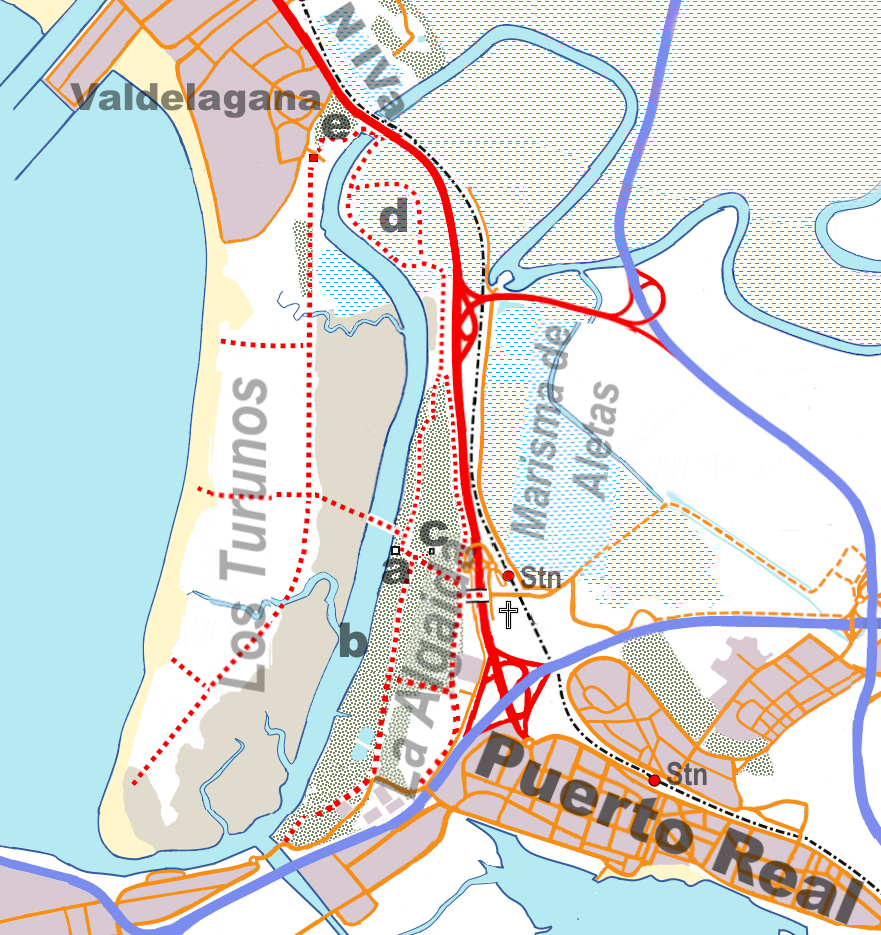




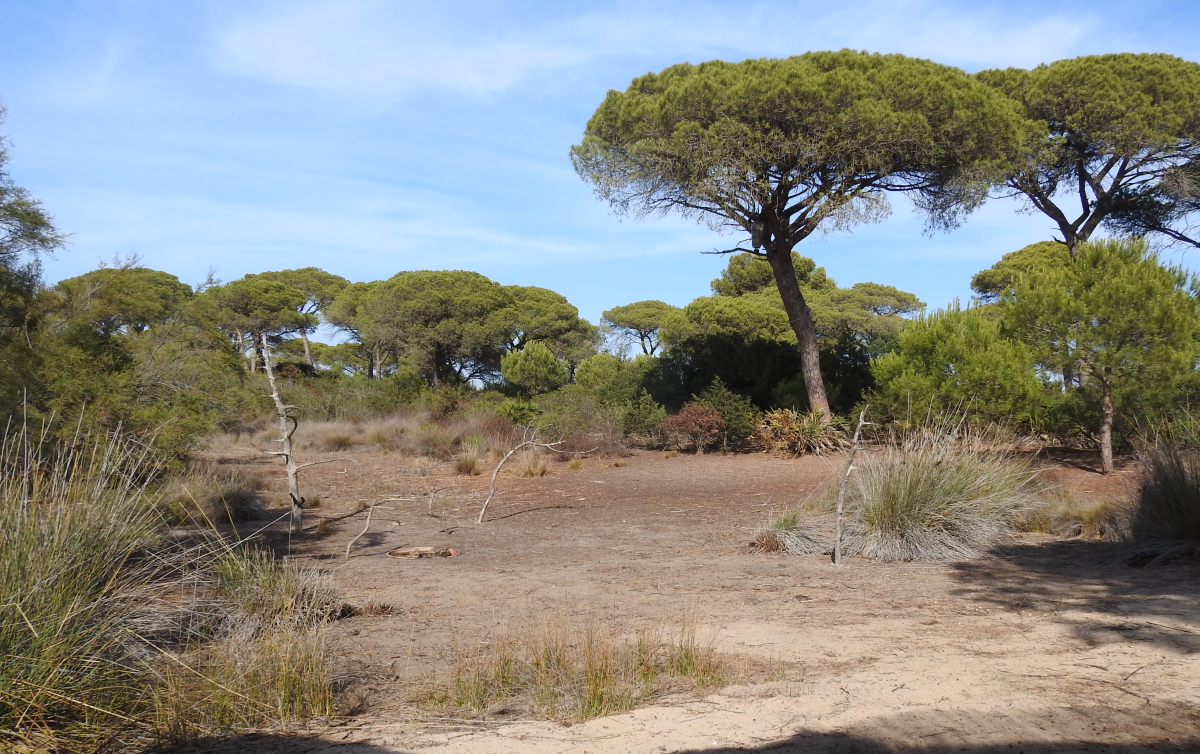
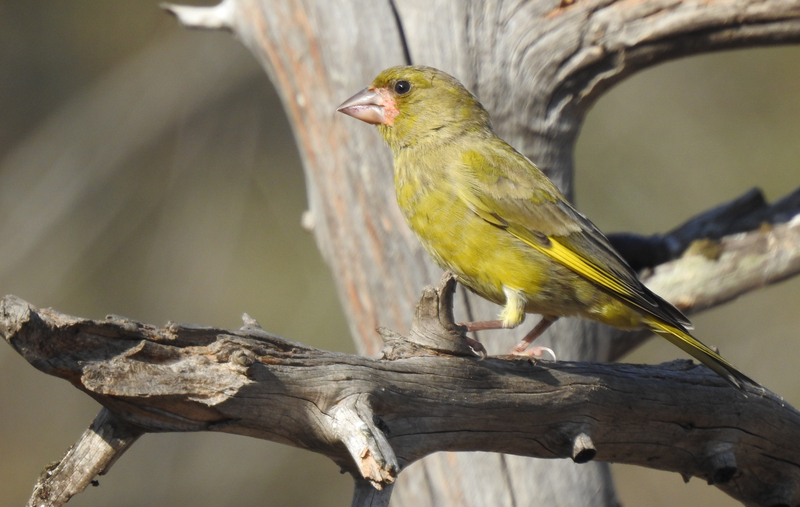



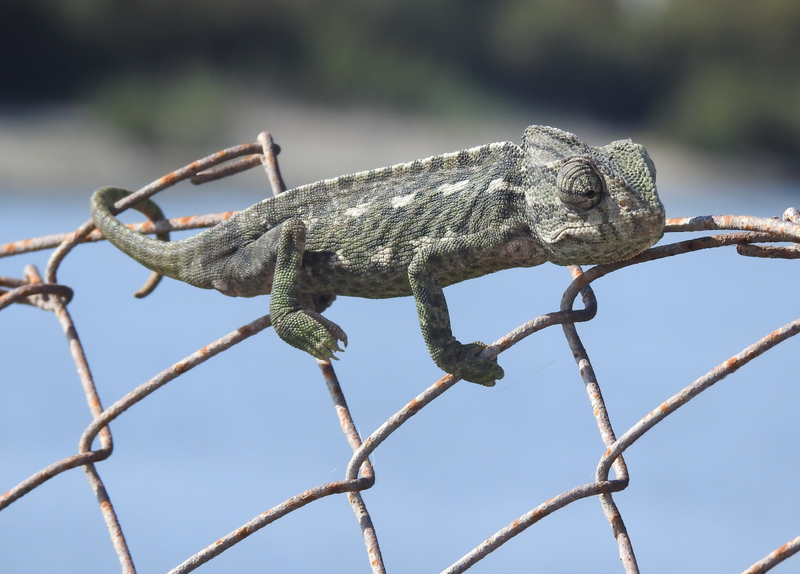
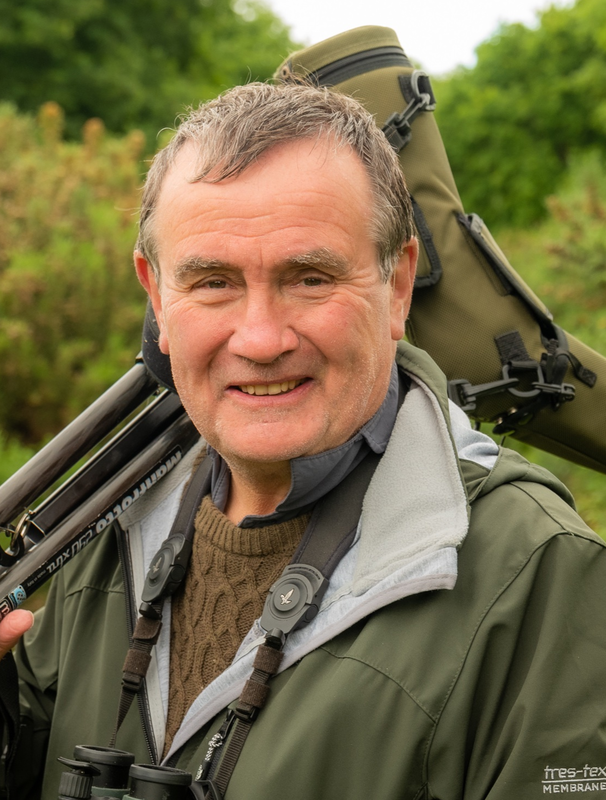
 RSS Feed
RSS Feed
